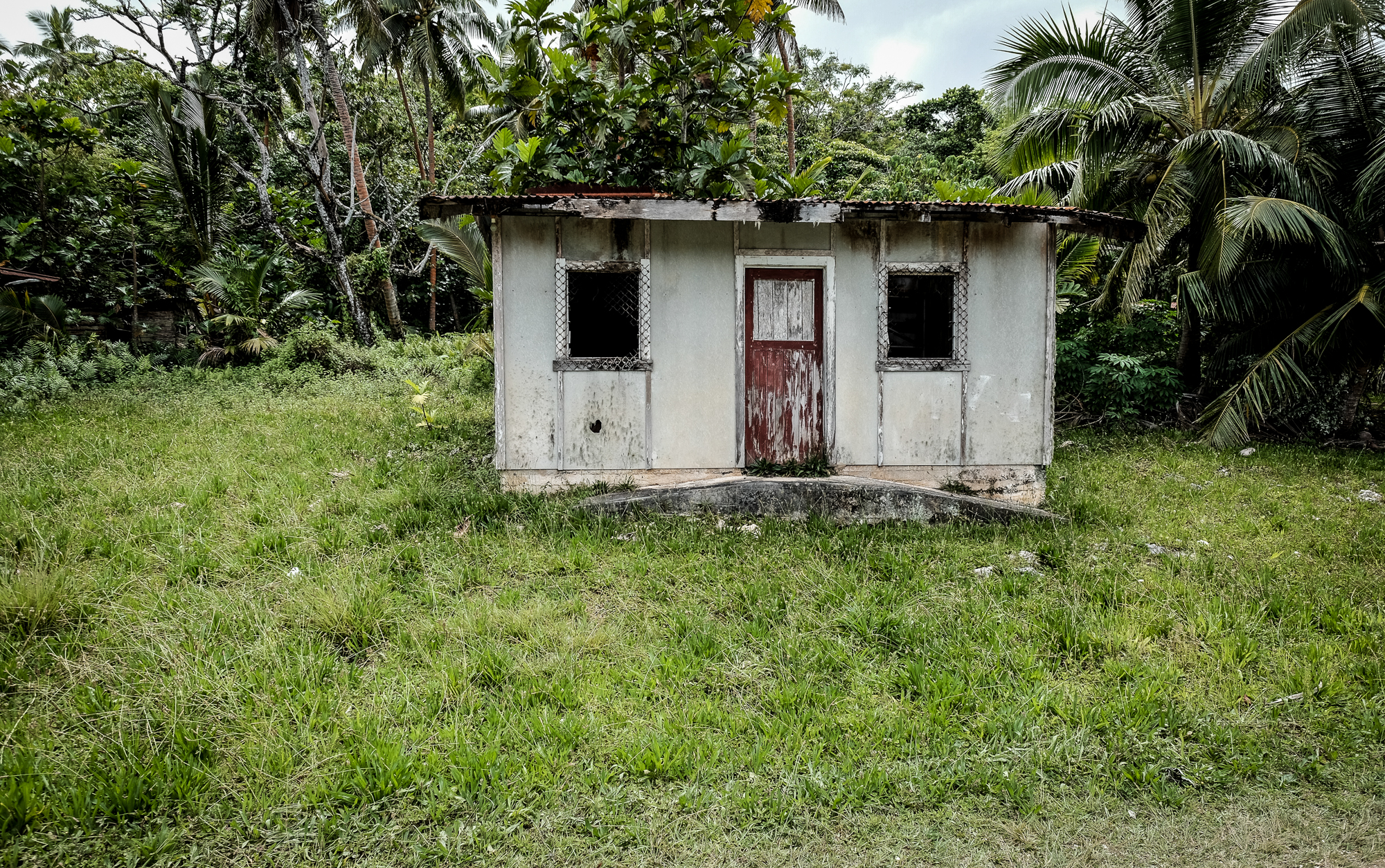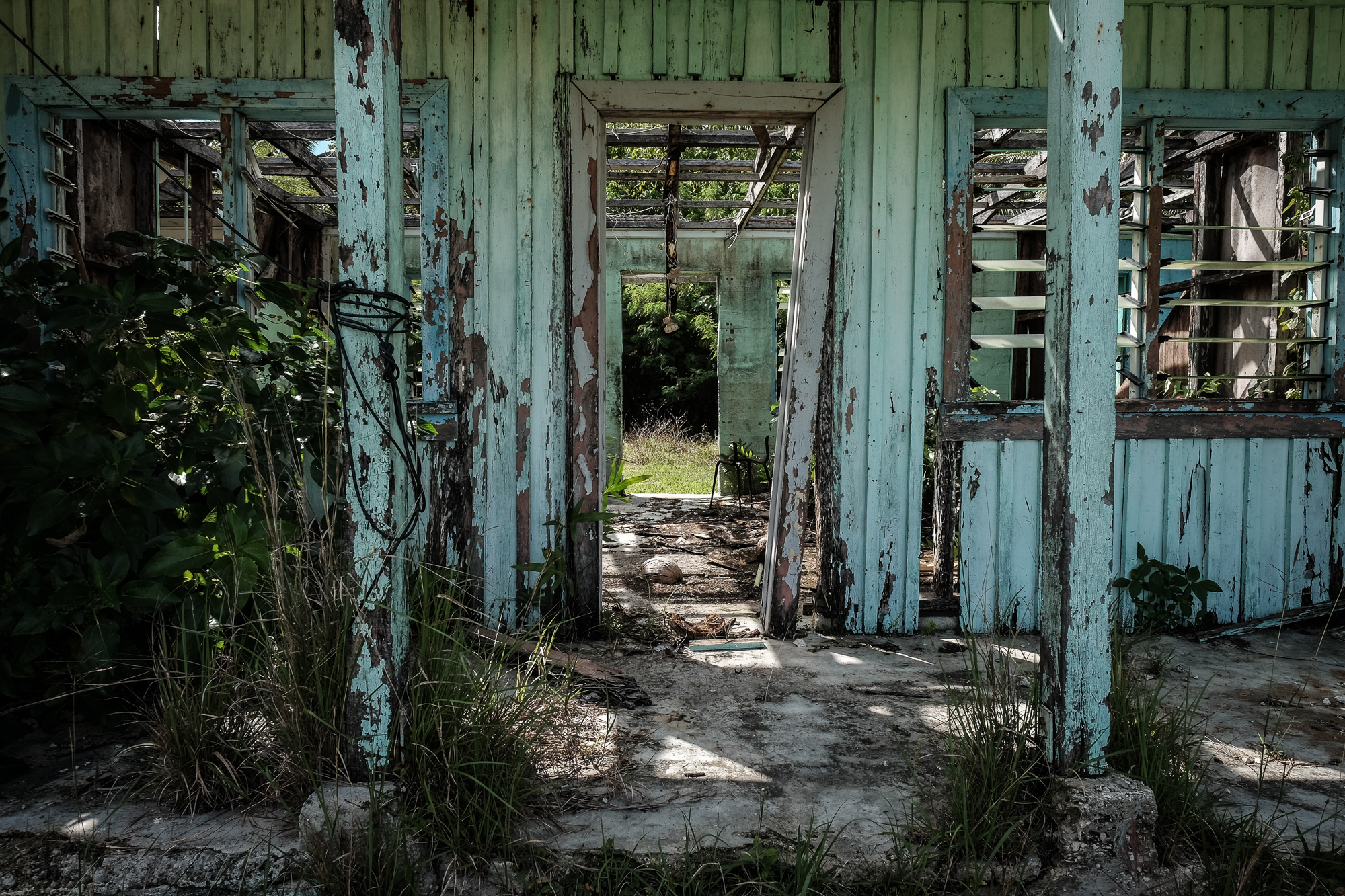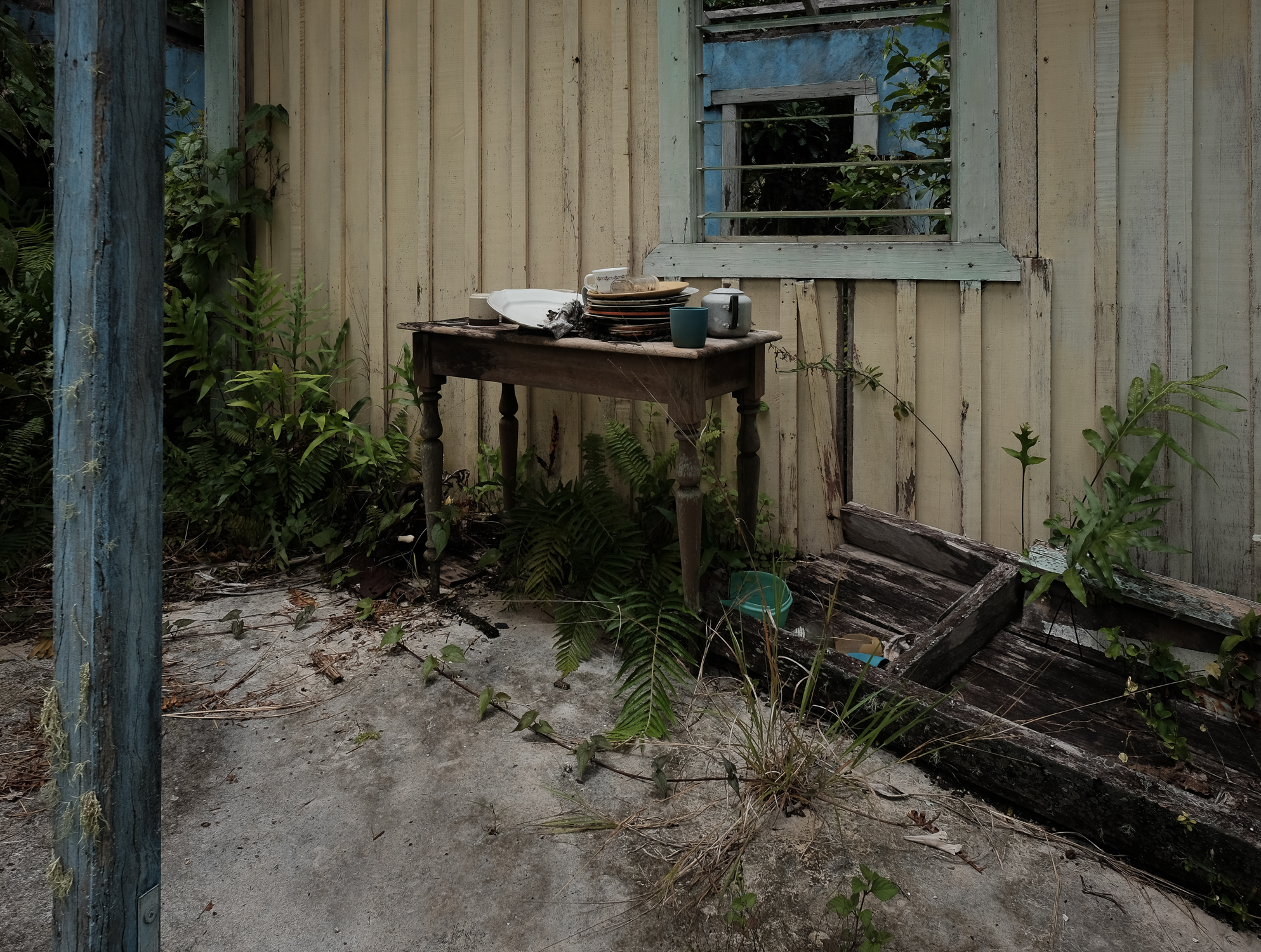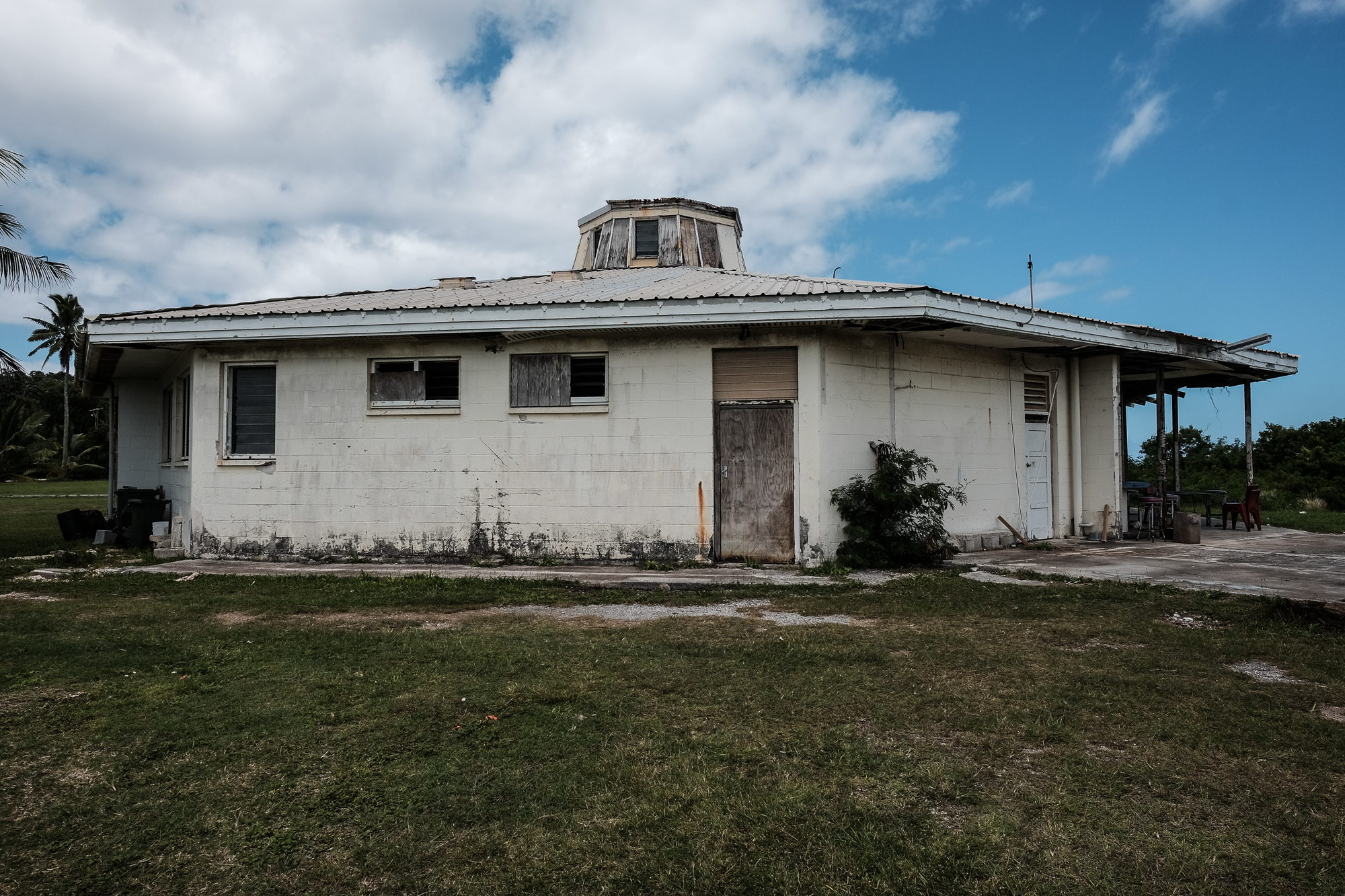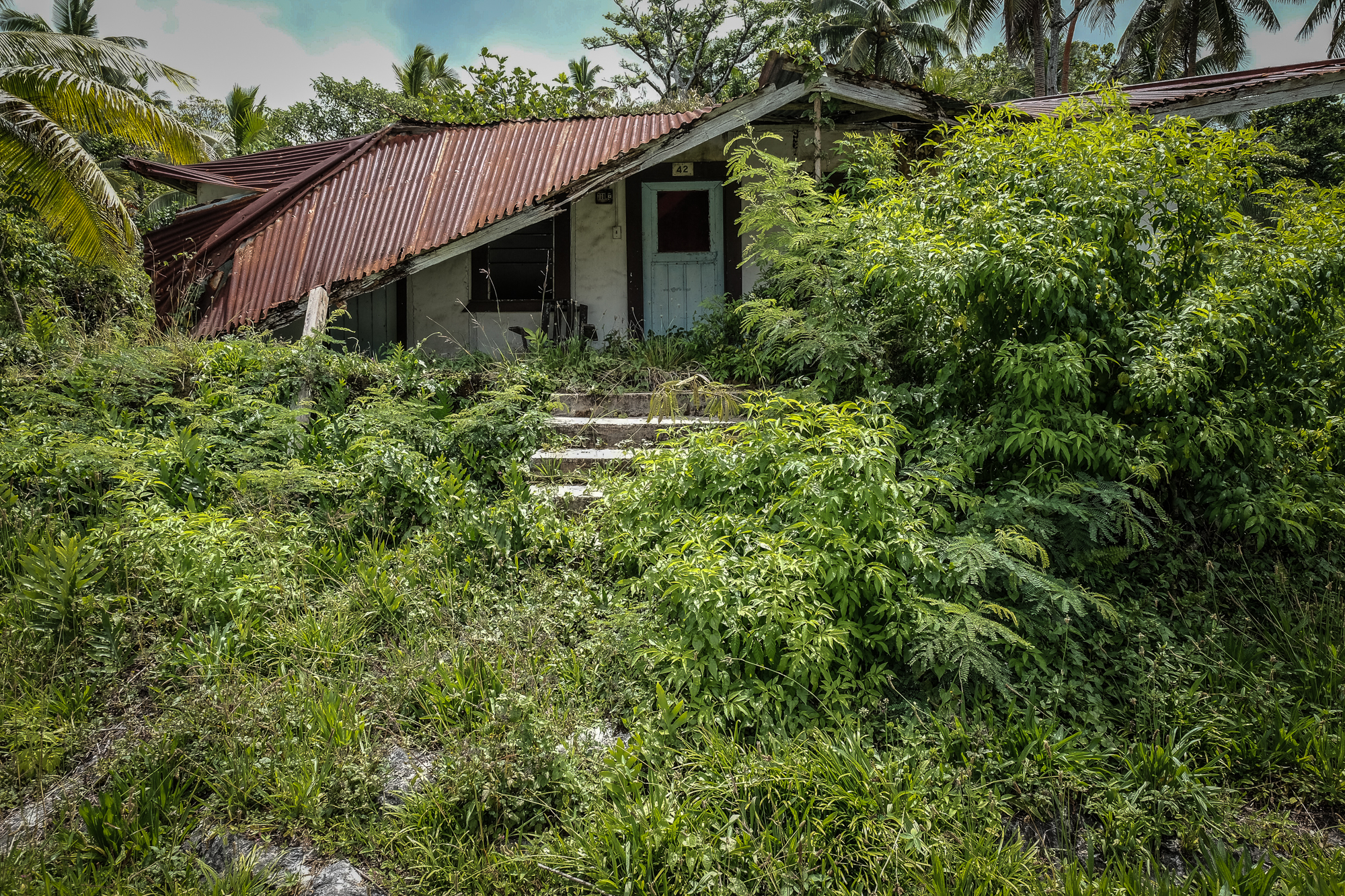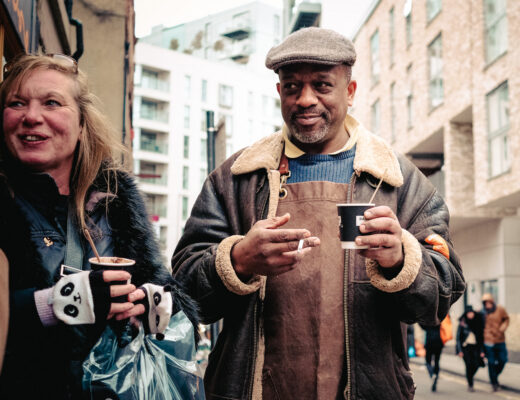I have 3 prime lenses for my X-T1 – 14mm, 35mm and 56mm. But to be honest, the 14mm lens is not a lens I usually reach for – preferring the 35mm for most of my work. As street photography is my preferred subject, the 14mm is just visually too wide. However, when travelling to Niue Island recently, I had a project in mind, and considered that the 14mm field of view would suit perfectly. To keep things simple, I decided to take just the X-T1 and the 14mm plus the X100T as a backup and for general use.
Just having the time to spend with one camera and one lens is something many have recommended and now I can endorse this completely.
A few hours flight from New Zealand lies the worlds largest inhabited coral atoll, on top of a sleeping volcano, known as Niue Island. With a population of around 1500, life is simple and mostly subsistence living, with islanders growing coconut, breadfruit, kumura, vanilla beans, supplemented by fish and chicken and only recently, a hydroponic business that provides some green vegetables and herbs. Two flights in and out per week provide supplies for other basic needs. Niue Islanders are very reliant on foreign aid and a small tourism industry. With an uncertain future, it is known that there are now more Niueans (2,500) in Australia and New Zealand than living on Niue.
In 2004, a cyclone tore through the southern side of the island wrecking havoc and destroying most of the buildings in its path. Some years later, a number of these structures still stand, as poignant reminders of the fragility of this island nation. It was these buildings that interested me and with the 14mm lens were the subject of my photography.
And my verdict after the end of the week…
The 14mm lens performed well and enabled me to capture the buildings and enough of the surroundings without the need for anything wider.
I love how this lens feels solid and well-made, yet comfortably light for all day use. Just a small camera bag, lens hood, extra battery and lens wipes – a simple setup. It was one of the reasons for changing completely from Canon to the Fuji X system. And it seems so intuitive to use – with everything being just where it should be.
Because I was taking architectural/landscape shots it didn’t need to be fast. My concern, in fact, was keeping an eye out for the diligent ‘watch dogs’ that seem to roam freely throughout the island, so I needed to work fast. Fortunately, the auto-focus was fast enough, and while all shots were handheld, there was no noticeable sign of camera blur. It handled exposure well, but the bright days were a challenge with the skies often ‘washed out’ well before midday. Even with the lens hood, there was a tendency to show some loss of contrast and detail if not careful. More my fault, for not getting up earlier, than it was the camera. During the day, except for some inside shots, I never had the aperture below f/5.6 and was happy up to f/9. While a tripod would have allowed me to stop down, I prefer the sense of freedom and being able to move about readily, particularly when using a prime lens.
The push-pull mechanism which enables a switch between auto and manual is a useful option, but I preferred to use auto and aperture priority for most photos. I did have to remind myself to check the aperture ring setting as found it can have a tendency to move – this does seem to be a common issue.
Autofocus was fast enough and although all shots were hand-held there was no noticeable signs of blur.
I’m generally very careful with my lens, but I am sure it would stand up to some substantial heavy-duty use.
Perhaps, for travel, the fixed prime is not as flexible as a zoom, but the 14mm was more than adequate for the project I had set myself. By the end of the week, I was much more aware of the lens capabilities and a ‘look’ which was quite different to that of the well-used 35mm f/2. Perhaps, I will even be tempted to take it out for a street walk soon.
(I shot mostly JPEGs and Fuji Chrome – with some minor post processing adjustments in Lightroom – Exposure and small amount of Sharpening.)


